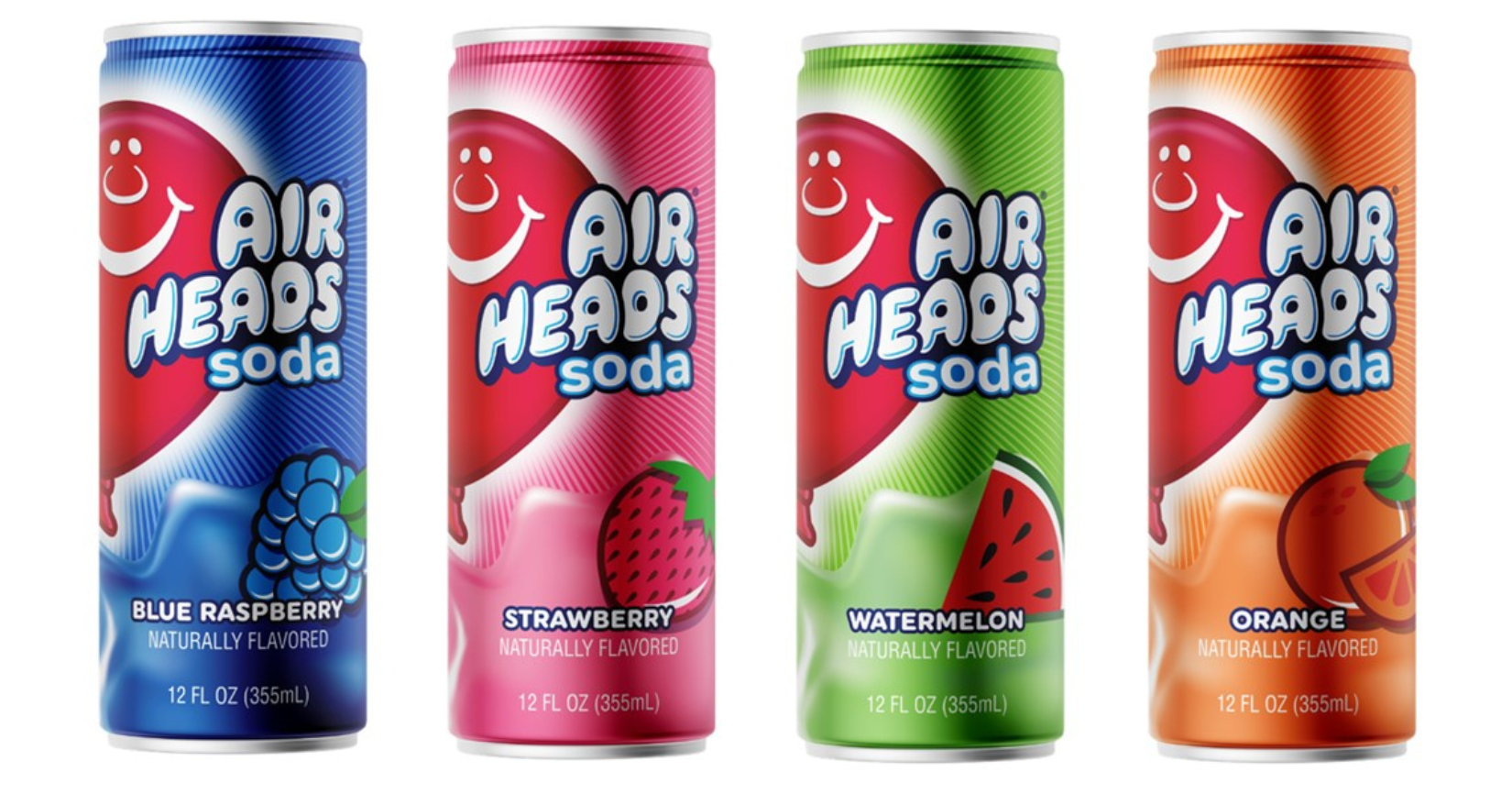10 Facts About SPAM That You Might Not Have Known

Love it or hate it, Spam has been a part of American culture since World War II and it’s not going anywhere. For every group of people that can’t stand Spam, there is another camp that is obsessed with the stuff to an almost cult-like degree. Since Spam is kind of a mystery to us, here are some little known facts about the remarkable canned good.
1. Spam was born in 1937
Spam was created by Hormel in 1937, after an increased need for non-perishable protein food items. This pork product became a diet staple for troops fighting in World War II. The Europeans, minus the Brits, kind of hated it, but those stationed on the Pacific front became obsessed. Spam is still a hit in that geographical area even today.
2. Most people still don’t know what Spam stands for
One reason Spam was sometimes called “mystery meat” was because people didn’t know the meaning of the acronym. Some theories include a mashup of the words “Spiced Ham” or “Shoulders of Pork and Ham.” Others joked and thought Spam could stand for “Something Posing as Meat” or “Specifically Processed Artificial Meat.” We will probably never find out the real answer because there are only a few past executives from Hormel that actually know.
3. Nearly 100 million pounds of Spam were consumed by the Allied troops during World War II
Like we said previously, Spam was a hit among the troops, at least functionally, because it was a protein-packed food that required no refrigeration. We’re kind of weirded out about the whole no refrigeration thing, but desperate times call for desperate measures.
4. Monty Python made Spam a pop culture icon
From wartime grub to pop culture icon, Spam has certainly lived a full life. In 1970, the meat was so popular it made a lengthy appearance in a scene from Monty Python’s Flying Circus, which resulted in all characters breaking out into a song about Spam. This musical number was resurrected when the musical Spamalot debuted in 2004.
5. Hormel produces 44,000 cans of Spam every hour
Even though Spam is available in 41 countries, this production number is still wild. 44,000 cans produced every hour? That equates to 33,000 pounds. Looks like Spam is still alive and well in the culinary scheme of things.
6. The meat in Spam isn’t as much of a mystery as people think it is
Spam has always had a bad rap for being considered a “mystery meat,” but Hormel has been pretty honest about its ingredients all along. The classic Spam is made up of pork shoulder, ham, salt, water, sugar, potato starch, and sodium nitrate. The type of meat in Spam is actually supposed to be much less sketchy than what you’d find in your standard hot dog.
7. Hawaii alone consumes approximately 7 million cans of Spam per year
Hawaii has the largest market for Spam worldwide. This is probably as a result of those Word War II soldiers on the Pacific coasts falling in love with the stuff. Spam is such a big deal in Hawaii that those 7 million cans aren’t just found in grocery stores – they’re also featured at the regional McDonald’s locations and even on the menus at high-end restaurants.
8. There is a restaurant in the Philippines that only serves Spam
The Philippines can almost give Hawaii a run for their money in the Spam department. The country is home to a notable restaurant called “Spam Jam,” which serves a whole menu full of dishes featuring the meat. Popular items include Spam spaghetti, Spam eggs, and even a Spam gift set, that is actually widely considered by Filipinos to be a very thoughtful wedding gift.
9. There is an official Spam museum in Minnesota
The official Spam museum is located in Austin, Minnesota. Like any museum, there are specialists who lead tours. At the Spam museum, these people are called “Spambassadors,” and they can recite the entire Hormel history by memory. The museum also features an exhibit where you can pack and seal a can of Spam yourself, and rooms for live cooking demos.
10. Hormel created a traveling musical troupe dedicated to Spam
If there’s one thing you should know about Hormel, it’s that they take their advertising very seriously. After World War II, the company launched a huge campaign for Spam in the hopes of keeping the meat alive post-war. Hormel put together a troupe of female performers called the “Hormel Girls,” who traveled the country promoting the product. At its peak, this group featured over 60 women accompanied by a live orchestra and their own radio show to boot.






















